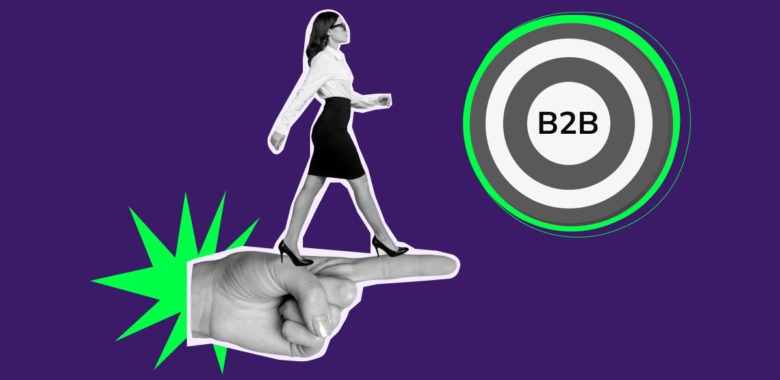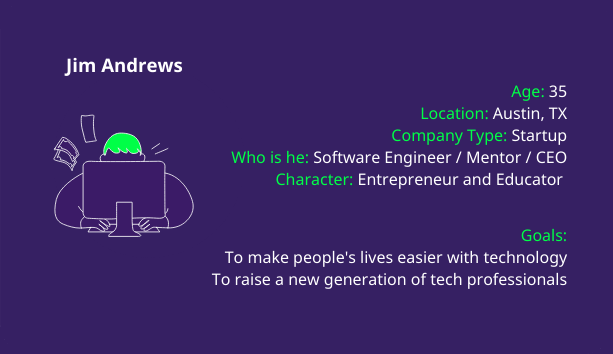Now, let’s talk about common segmentation criteria for B2B email campaigns:
Company Size
Segment your list based on the size of the businesses you are targeting. For example, you might have different messages and offers for small businesses, mid-sized companies, and large enterprises.
Industry or Vertical
Group your contacts based on the industry or vertical they belong to. This allows you to customize your message and content to address their specific needs, pain points, and challenges.
Job Title or Role
Segment your list based on the job titles or roles of your contacts within their organizations. This helps you deliver targeted content that is relevant to their responsibilities, interests, and priorities.
Stage of the Sales Funnel
Divide your subscribers based on where they are in the sales funnel or the customer journey. For example, you can have separate segments for leads, prospects, current customers, and lapsed customers. This way you will be able to tailor emails and guide each segment through their respective stages.
Previous Engagement
Segment your list based on the level of engagement with your previous email campaigns, such as opens, clicks, or conversions. By separating highly engaged contacts and those who have been less responsive, you create an opportunity to reward the former and re-engage the latter with special offers or other incentives.
Geographic Location
If your B2B offerings have regional or location-specific relevance, segment your list based on the geographic location of your contacts. By sending localized content, invitations to local events you will be able to strengthen your brand in the said region. At the same time, the introduction of region-specific offers might bring additional sales.
Purchase History
If you have data on the past purchases or how your customers use your product or service, segment your list based on their behavior. This enables you to send personalized recommendations, upsell or cross-sell offers, and remind them to renew their subscription.
Content Interests
Segment your list based on the content your subscribers have shown interest in. You can find it out by tracking what pages of your website they visit, what resources they download and which of your webinars they choose to attend. Send targeted emails with related content that aligns with their interests. For instance, if you manage multiple greenhouses, you can segment local flower shop owners who only check out the section of your website dedicated to ornamental blooms. The other segments can include interior designers solely interested in indoor potted plants and landscapers on the hunt for lush garden flora.
Customer Lifecycle Stage
Segment your list based on the different stages of the customer lifecycle, such as onboarding, adoption, renewal, or advocacy. This allows you to send relevant emails that support each stage and nurture the customer relationship effectively.
















